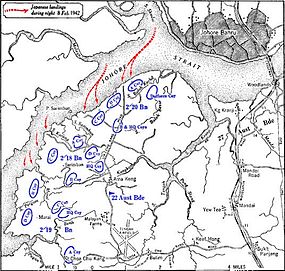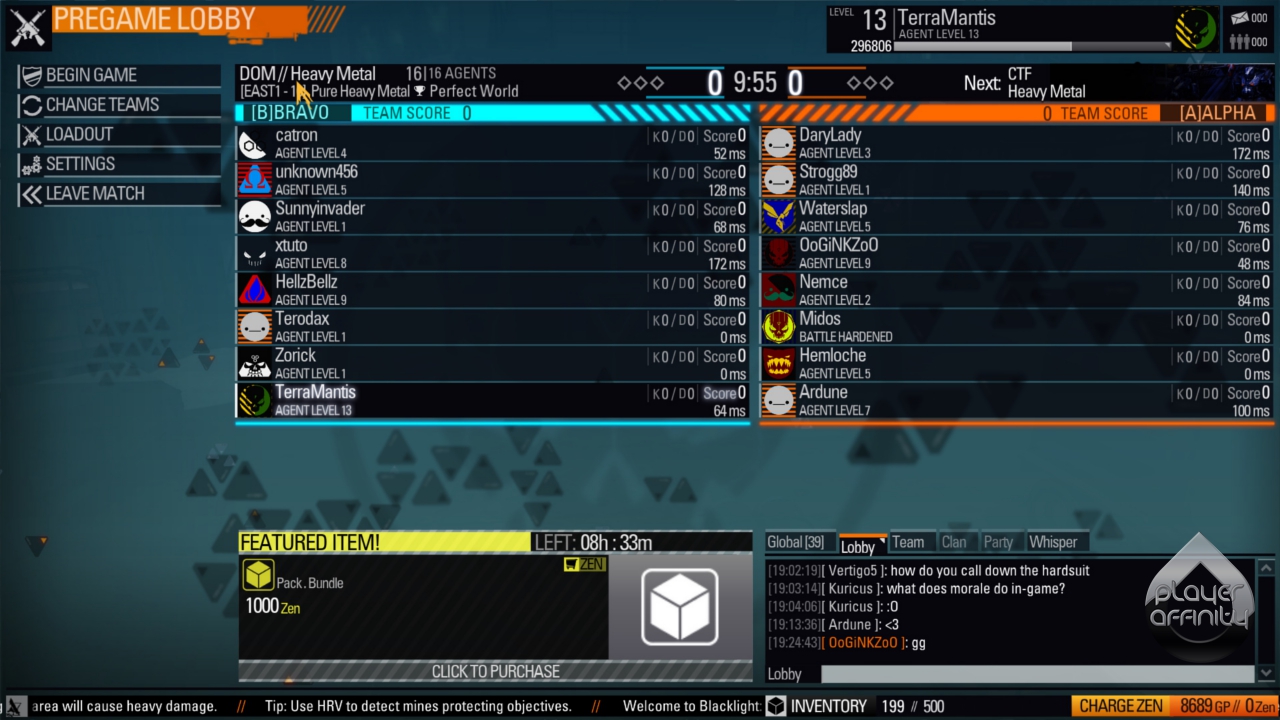 The sinking of Prince of Wales and The Repulse took place in the 10th of December, 1941, just a few days after the attack on Pearl Harbor, and the Bombing of Allied Singapore, both key events in History.
The sinking of Prince of Wales and The Repulse took place in the 10th of December, 1941, just a few days after the attack on Pearl Harbor, and the Bombing of Allied Singapore, both key events in History."The sinking of Prince of Wales and Repulse was a Second World War naval engagement that took place north of Singapore, off the east coast of Malaya, near Kuantan, Pahang, where the British Royal Navy battleship HMS Prince of Wales and battlecruiser HMS Repulse were sunk by land-based bombers and torpedo bombers of the Imperial Japanese Navy on 10 December 1941. In Japanese, the engagement was referred to as the Naval Battle off Malaya (マレー沖海戦 Mare-oki kaisen?)."
~Wikipedia Description
The two ships (one King George V class, the other Renown-class battlecruiser) were involved in Force Z, which consisted of one battleship, one battlecruiser and four destroyers. The main objective is to intercept the Japanese in the north of Malaysia, but the severe shortage of aircraft to protect Force Z, underestimation of the ability of the Japanese armed forces, and the political rather than naval impetus for its deployment are blamed for the destruction of the force.
~How the hell am I able to get an evac without being shot by an RPG!? (Tom Clancy's: Ghost Recon - Future Soldier)
On December 1941, the two ships were sent to Singapore as "repellents". The Prime Minister of Britan during WWII, Winston Churchill, made a public announcement that the two ships will be deployed. But then, Admiral Isoroku Yamamoto caught wind and ordered 36 long-range medium bombers (Mitsubishi G4M bombers) to reinforce the existing Mitsubishi G3M-equipped Kanoya Air Group and Genzan Air Group. The ships were not shielded by any aircraft from the Royal Air Force, so the ships were attacked, and were sunk due to the planned airstrikes. Among those who died was Admiral Sir Thomas "Tom" Spencer Vaughan Phillips, which is famous for his command ("Prepare to abandon ship. May God be with you.")
We learnt after the events of the sinking of the ship to do everything that has to do anything about moving valuable stuff around to keep it a secret. We also learnt that we could have to be supported in some times in our lives, as the text explained, during the event there was no RAF planes to help fend off the Japanese bombers and fighters, meaning that the only defense is the Ships AA guns.
Website URL: http://en.wikipedia.org/wiki/Sinking_of_Prince_of_Wales_and_Repulse
Date accessed : 13th February 2013











